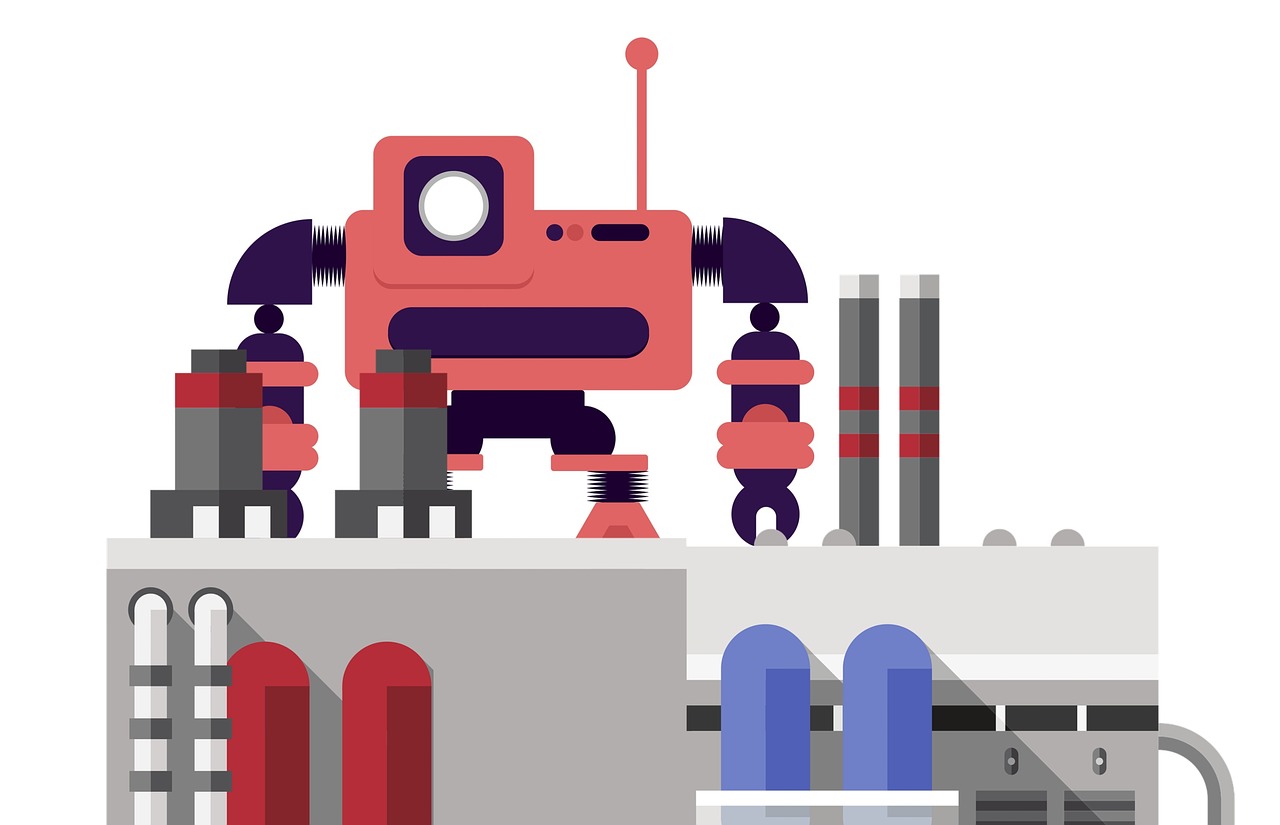
09 Apr THE FUTURE OF THE FACTORY: MANUFACTURING, ENGINEERING, AND AUTOMATION
The future of factories is rapidly changing before our eyes. Credit the rise of technology, data analytics, automation and other emerging trends. As a result, it’s a fine time to think about what the future of factories holds, and how it will impact the organizations that operate them.
For example: One of the most prominent trends in the future of factories is the increasing reliance on automation and robotics. The rise of smart factories, powered by the Internet of Things (IoT) and advanced analytics, is transforming the way products are designed, manufactured, and distributed. This transformation has been accelerated by advancements in artificial intelligence (AI), machine learning, and robotics. These technologies have the potential to improve productivity, reduce waste, and increase efficiency in facilities.
In the future, you can bet your bottom dollar that you’ll see greater integration between humans and machines, as AI-enabled robots will be able to work alongside human workers to complete tasks more efficiently. This collaborative approach, known as “cobots,” is already being implemented in some factories and is expected to become more widespread as technology advances. By embracing automation, factories can improve their processes, optimize production, and ultimately increase their competitiveness in the global market.
Mind you, as climate change continues to be a pressing concern, the future of factories will invariably include a strong focus on sustainability (and ESG-related efforts) as well. The green factory revolution aims to minimize the environmental impact of manufacturing processes and promote the efficient use of resources. This includes reducing energy consumption, minimizing waste, and adopting renewable energy sources.
Factories of the future will also be leveraging advanced technologies to become more sustainable. For example, by using AI and machine learning to optimize energy consumption, factories can reduce their carbon footprint and minimize waste. Additionally, the adoption of renewable energy sources, such as solar and wind power, will be essential for facilities to reduce their reliance on fossil fuels and transition towards a more sustainable future.
Oh, and don’t forget that tomorrow’s worksite won’t just demand access to advanced technology, but also a skilled workforce that can adapt to these changes. As automation and robotics become more prevalent, the demand for workers with specialized skills in these areas will increase. Factories will need to invest in training and education programs to ensure their workforce is prepared for this new landscape.
Moreover, the future of factories will also necessitate a focus on fostering a diverse and inclusive workforce. By attracting a wider range of talent, organizations will benefit from the innovation and creativity that comes from diverse perspectives. This will be essential for companies who operate facilities to remain competitive in the global market and adapt to the rapidly evolving world of manufacturing.



